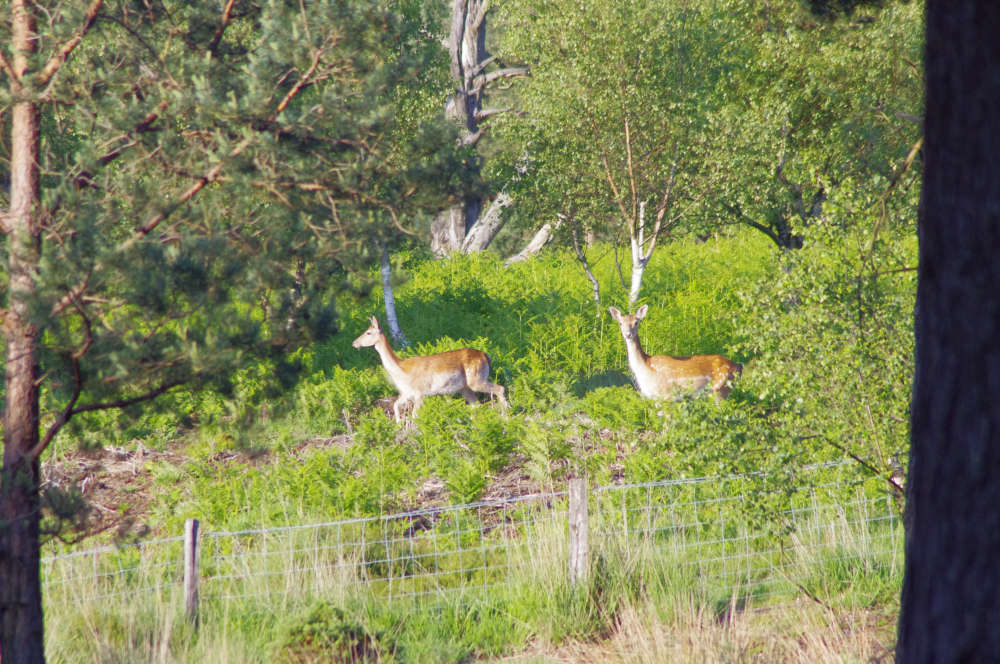
Drivers travelling through Ashdown Forest are being advised to slow down as the deer begin their annual mating season also known as the rut. The end of September marks the start of the rutting season when the deer become more active as they extend their territories in search of mates. They are most active around the morning and evening rush hour, meaning there is an increased risk of collisions with vehicles.
Drivers on Ashdown Forest’s roads are not alone in experiencing this increased risk. Nationally, according to the British Deer Society it is estimated there are 74,000 deer related incidents every year.
Ash Walmsley, Ashdown Forest’ Countryside Manager said:
“During the rut, the male deer compete for females through aggressive behaviours including roaring, parallel walking and antler fighting. If two stags are of a similar size and strength, they will lock antlers and fight for dominance. We advise visitors to stay well away from rutting deer, due to their volatile behaviour during the autumn season.”
There are three species of deer living on Ashdown Forest: Fallow, Roe, and Muntjac. A recent survey, undertaken by the High Weald Living Landscape Deer Project, estimated that there were 13 fallow deer for every square kilometre of Forest. The number for a sustainable, healthy woodland is estimated to be five and under for every square kilometre.
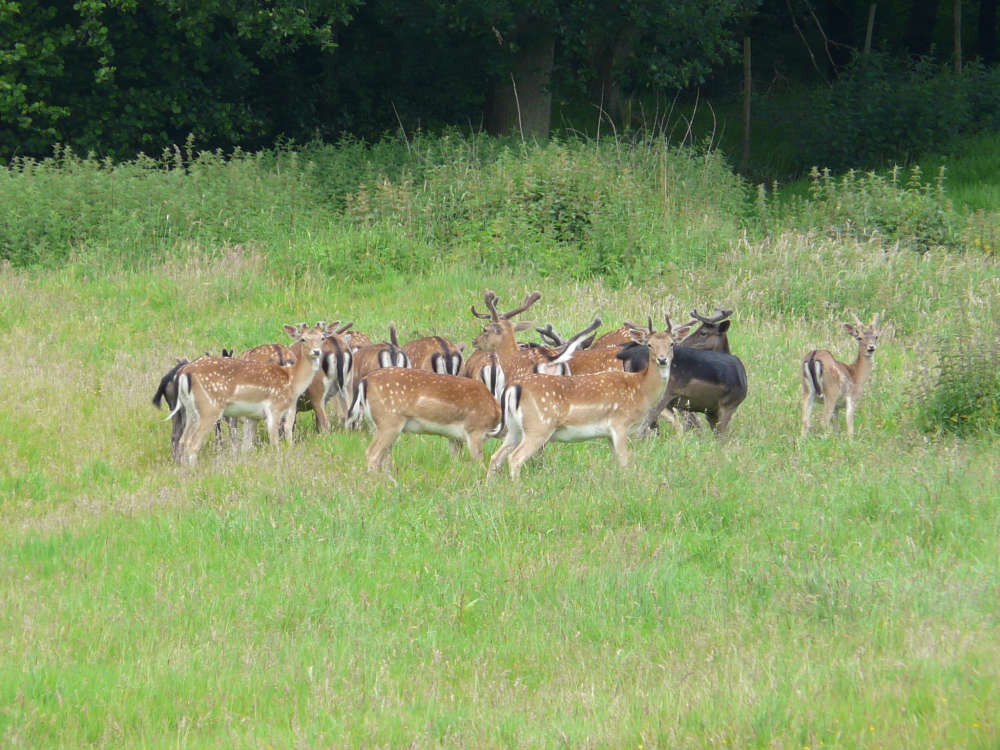
Ash added:
“The growing population of Fallow deer across the southeast of England is having a significant impact on our woodlands. Our own surveys on the Forest look at the habitat impacts, assessing deer numbers by looking at their browsing habits and levels, dung and footprint counts. Deer have no natural predators, and that means keeping their numbers in balance is a challenge, but essential if we are to protect and enhance Ashdown Forest’s unique biodiversity.”
Tips to reduce the risk of a deer collision:
§ If your headlights are on, use full beams when you can but dip them if you see deer because they may ‘freeze’
§ Lower your speed when you see a deer. More deer will likely follow the first one you see, so be aware
§ Always be prepared to stop. Avoid suddenly swerving to avoid a deer. Hitting oncoming traffic or another obstacle could be even worse
§ If you must stop, activate your hazard warning lights
§ Do not approach an injured deer as it could be dangerous
§ If the deer is injured but alive and either in the road or could go back onto the road call 999 and ask for the Police
§ If the deer is alive but injured and unlikely to go into the road, please call 101 and Police will contact a deer warden
§ If the deer is dead but causing a road obstruction, call 999
§ If the deer is dead but not in the carriageway, please contact Wealden District Council for collection (guidance may vary in areas outside of the Wealden District)
The British Deer Society has identified the Ashdown Forest as a hotspot for deer collisions. Their UK DVC (Deer Vehicle Collision) map of the area identifies the Forest as a high-risk. The society offers free downloads of their maps and a leaflet giving advice on deer aware driving.
 Fawlty Towers The Play is on at Eastbourne's Congress Theatre
Fawlty Towers The Play is on at Eastbourne's Congress Theatre
 Weekly Food Waste Collections Coming To Eastbourne Homes In 2026
Weekly Food Waste Collections Coming To Eastbourne Homes In 2026
 Man arrested in connection with Peacehaven mosque arson
Man arrested in connection with Peacehaven mosque arson
 Ashdown Radio Sport
Ashdown Radio Sport
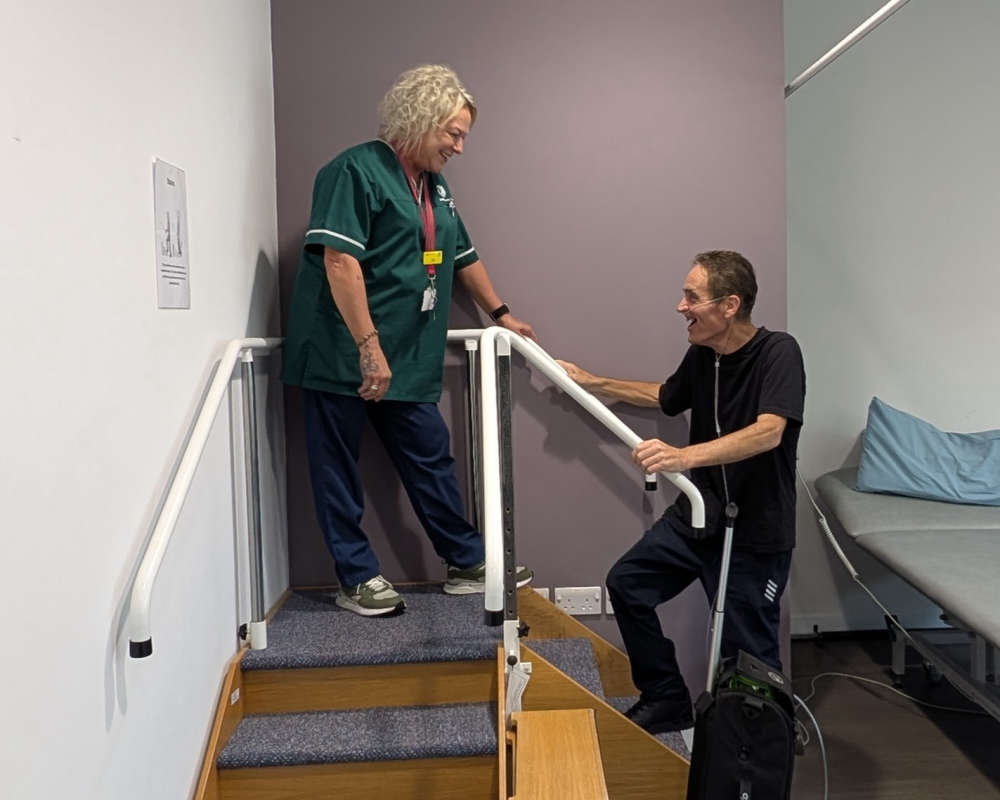 Hospice Care Week: celebrating all the ways hospices make a difference
Hospice Care Week: celebrating all the ways hospices make a difference
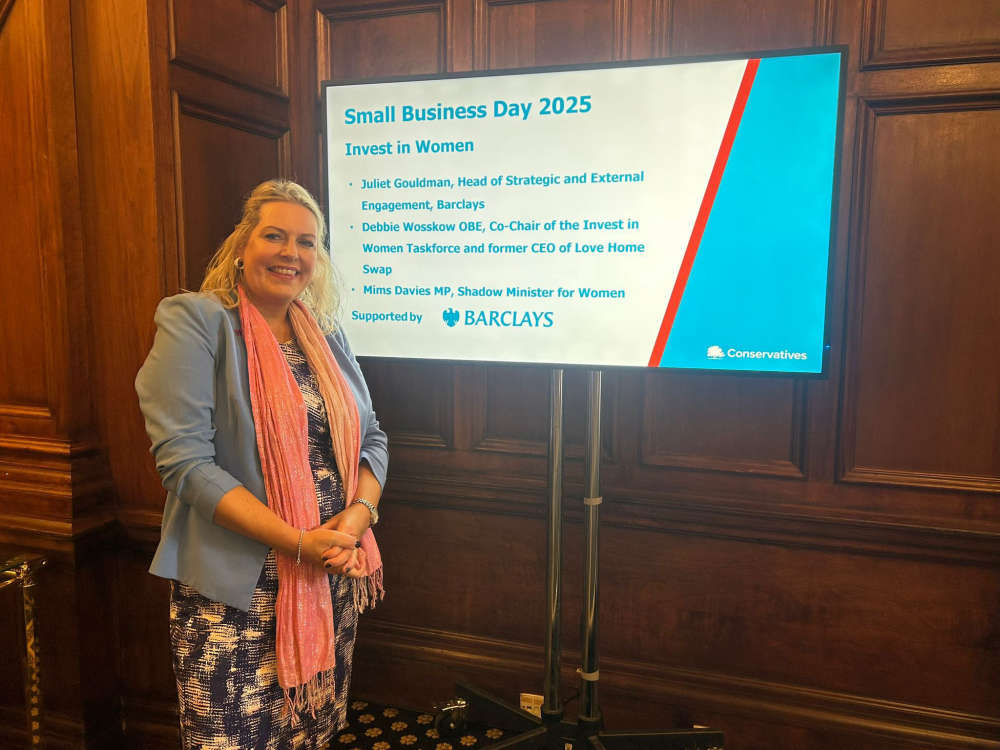 Mims Davies MP speaks on Small Business Day Panel at CPC25 on Investing in Women
Mims Davies MP speaks on Small Business Day Panel at CPC25 on Investing in Women
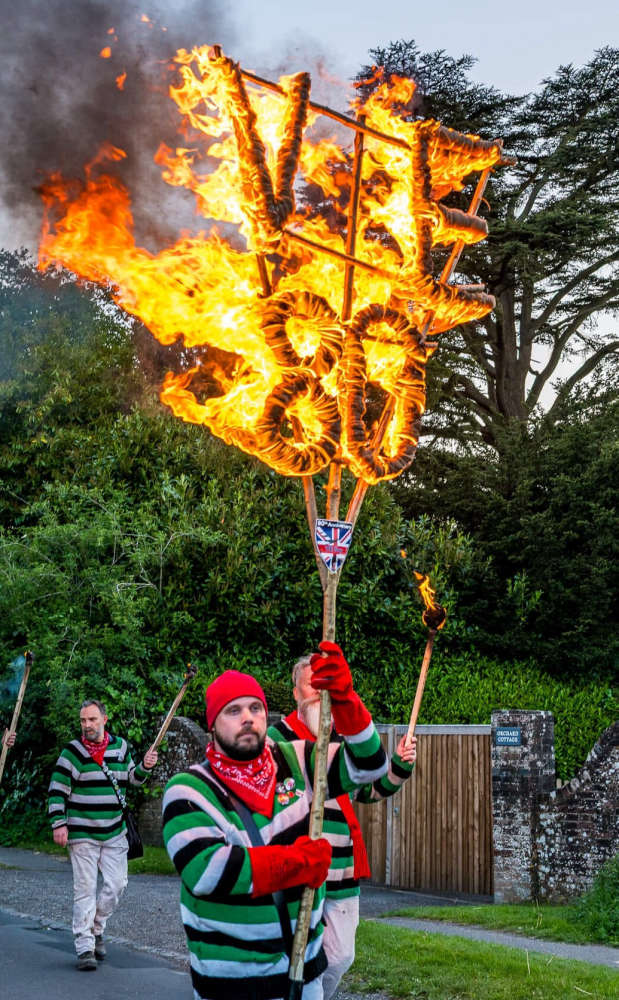 Heathfield's torchlit procession - This Saturday!
Heathfield's torchlit procession - This Saturday!
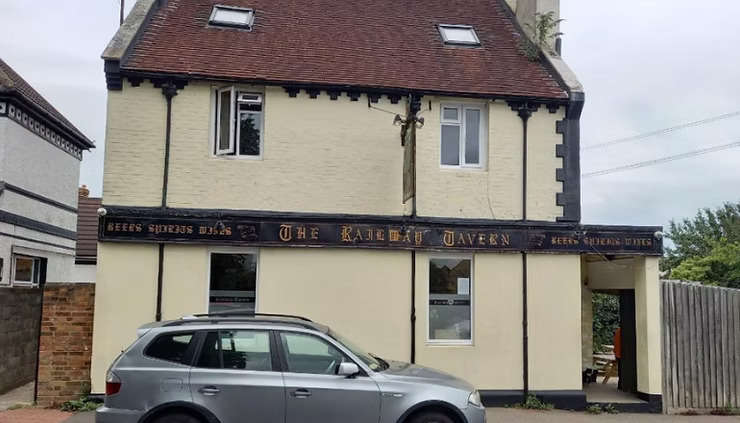 Hailsham Pub surrenders it's licence
Hailsham Pub surrenders it's licence



